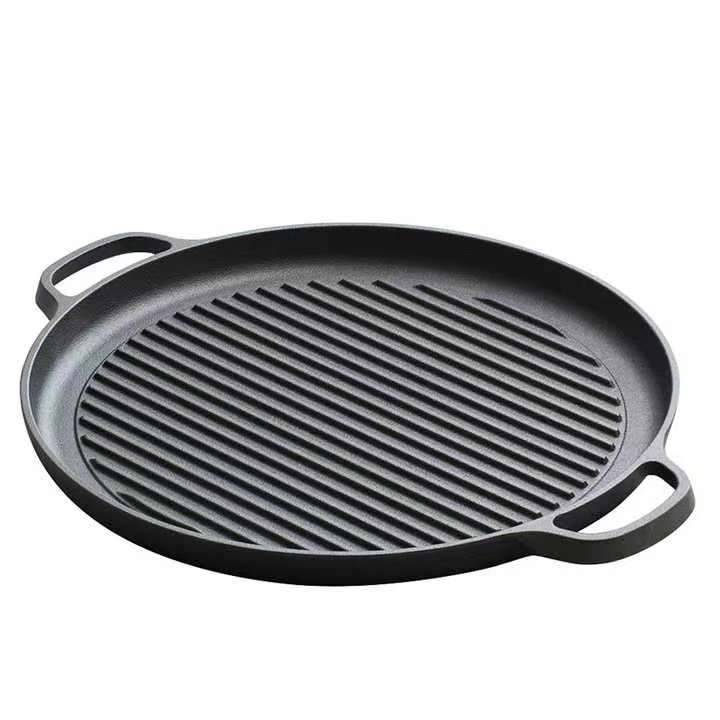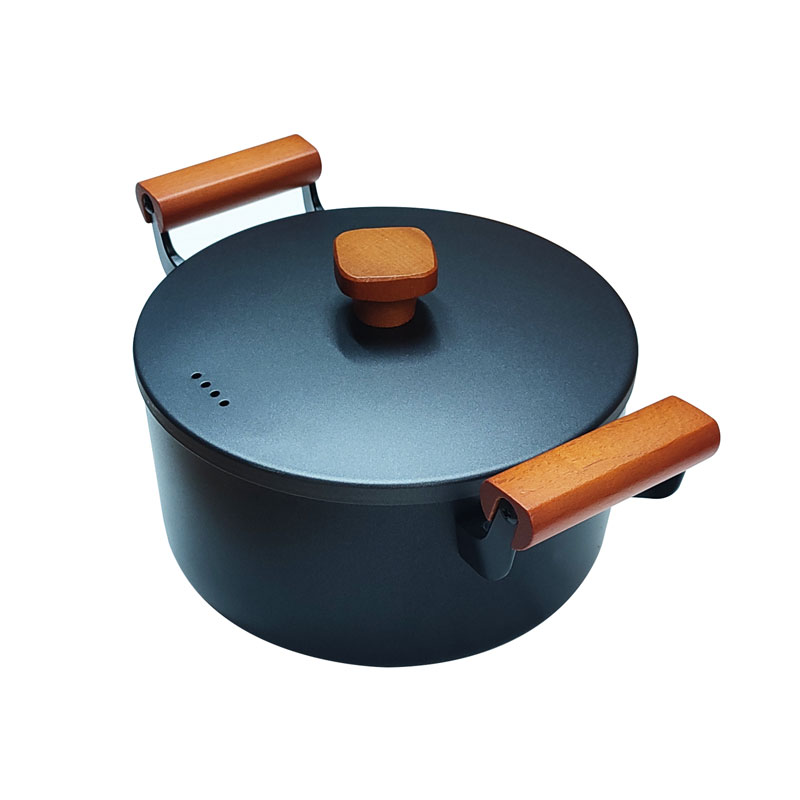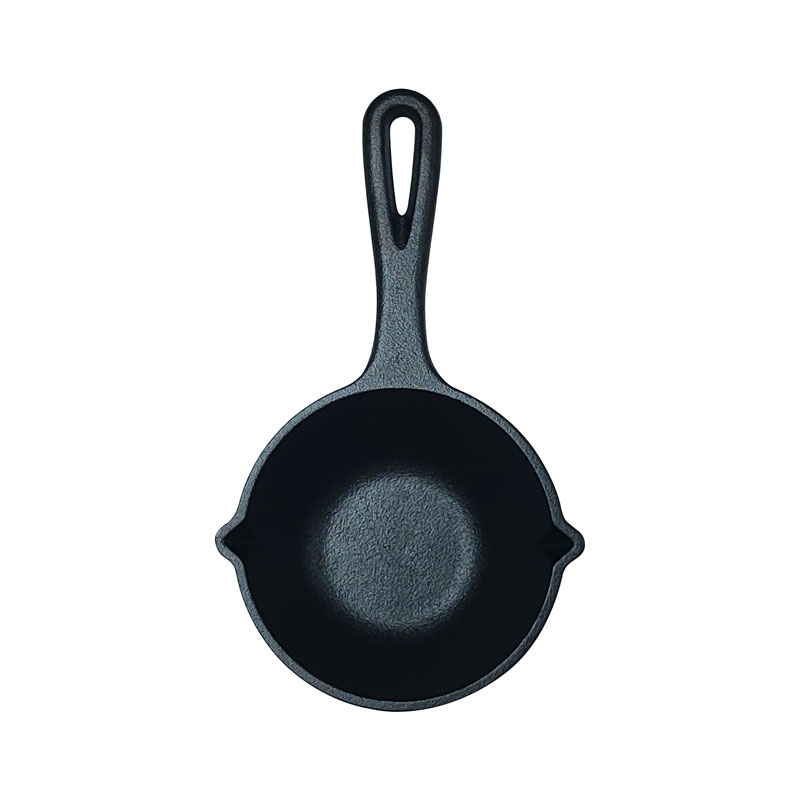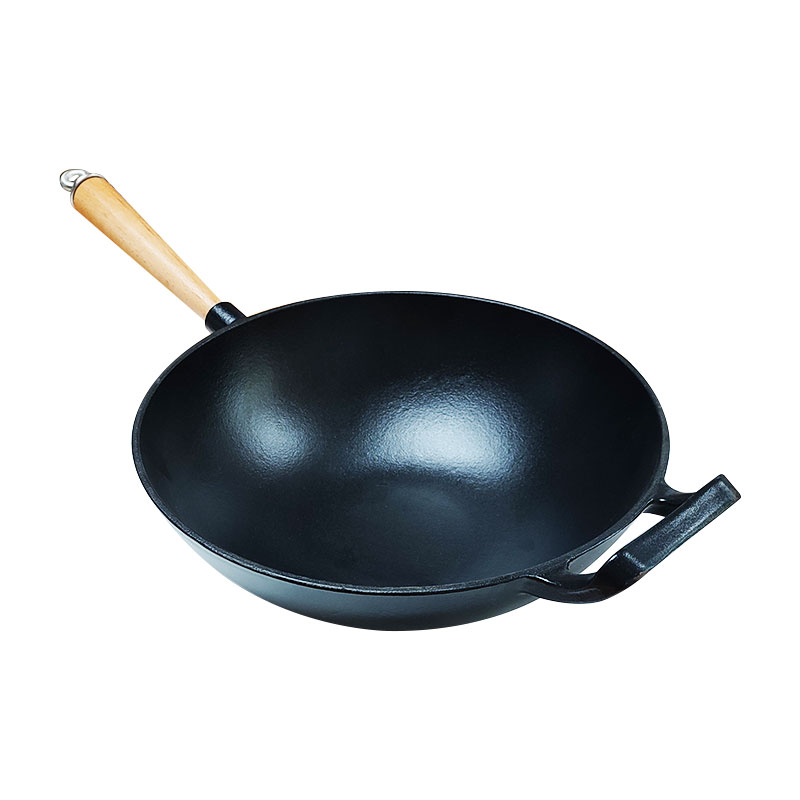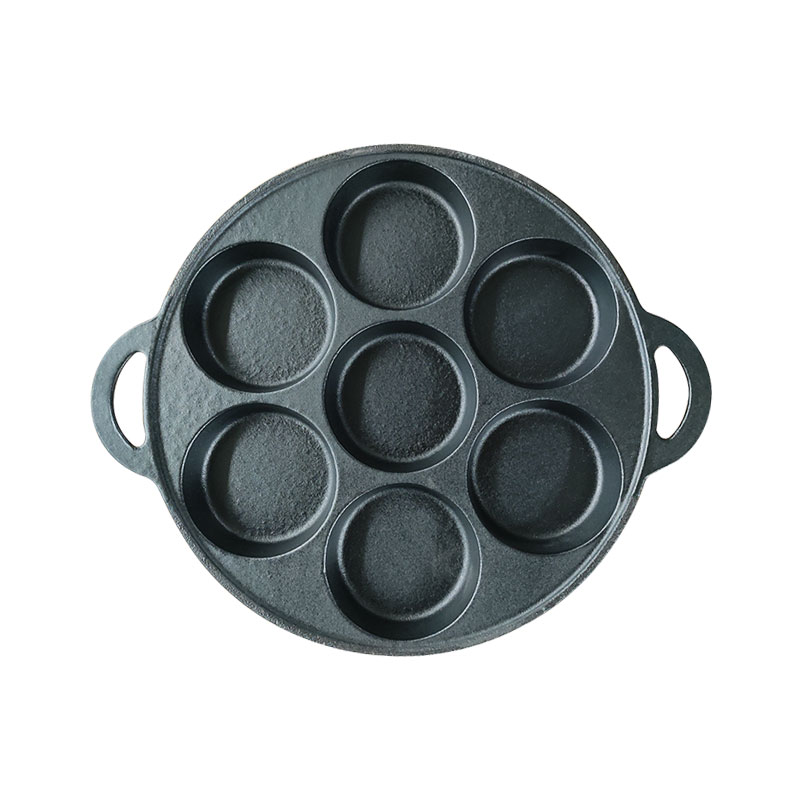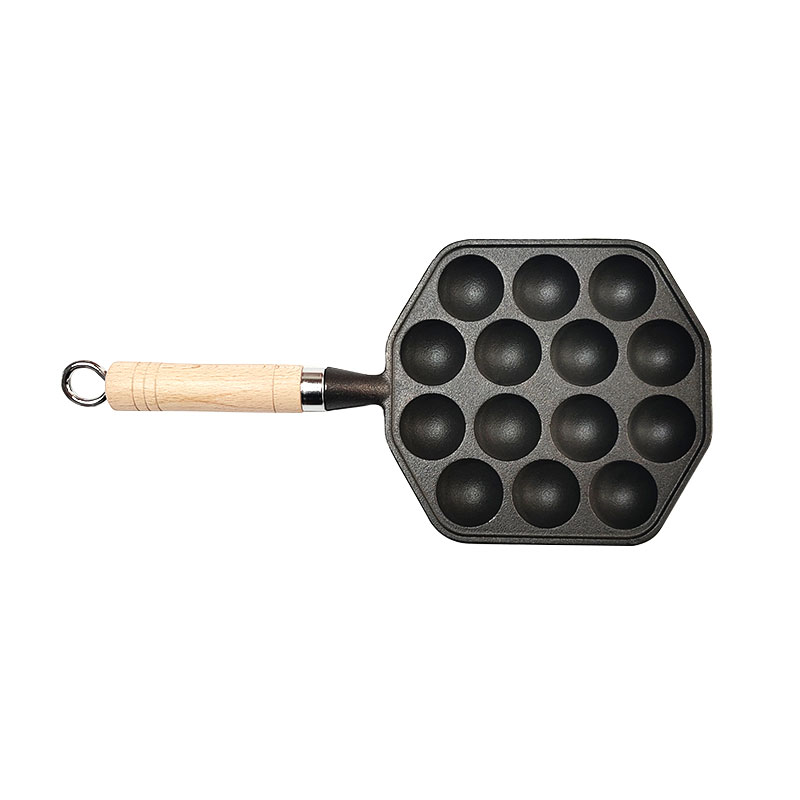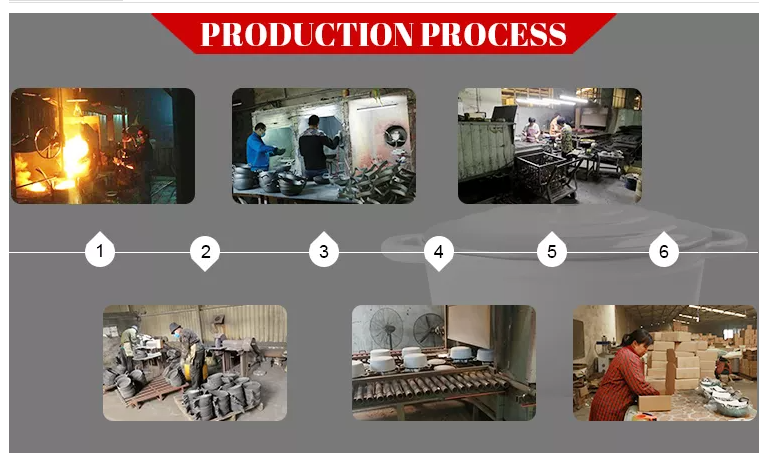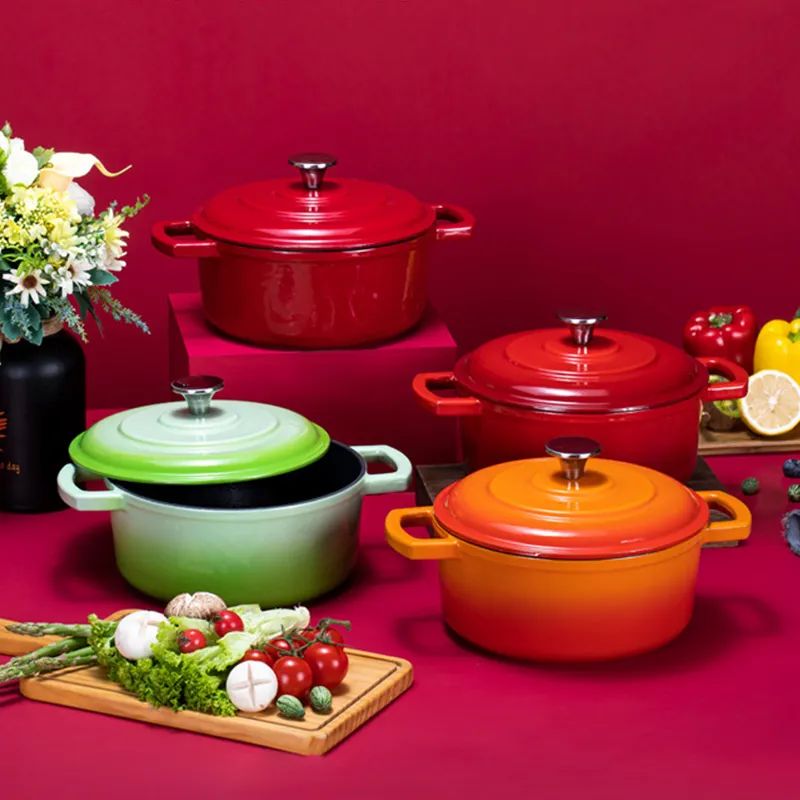- Afrikaans
- Albanian
- Amharic
- Arabic
- Armenian
- Azerbaijani
- Basque
- Belarusian
- Bengali
- Bosnian
- Bulgarian
- Catalan
- Cebuano
- Corsican
- Croatian
- Czech
- Danish
- Dutch
- English
- Esperanto
- Estonian
- Finnish
- French
- Frisian
- Galician
- Georgian
- German
- Greek
- Gujarati
- Haitian Creole
- hausa
- hawaiian
- Hebrew
- Hindi
- Miao
- Hungarian
- Icelandic
- igbo
- Indonesian
- irish
- Italian
- Japanese
- Javanese
- Kannada
- kazakh
- Khmer
- Rwandese
- Korean
- Kurdish
- Kyrgyz
- Lao
- Latin
- Latvian
- Lithuanian
- Luxembourgish
- Macedonian
- Malgashi
- Malay
- Malayalam
- Maltese
- Maori
- Marathi
- Mongolian
- Myanmar
- Nepali
- Norwegian
- Norwegian
- Occitan
- Pashto
- Persian
- Polish
- Portuguese
- Punjabi
- Romanian
- Russian
- Samoan
- Scottish Gaelic
- Serbian
- Sesotho
- Shona
- Sindhi
- Sinhala
- Slovak
- Slovenian
- Somali
- Spanish
- Sundanese
- Swahili
- Swedish
- Tagalog
- Tajik
- Tamil
- Tatar
- Telugu
- Thai
- Turkish
- Turkmen
- Ukrainian
- Urdu
- Uighur
- Uzbek
- Vietnamese
- Welsh
- Bantu
- Yiddish
- Yoruba
Top FAQs About Household Non-Stick Pre-Seasoned Cast Iron Frying Pot
What Makes This Cast Iron Frying Pot Non-Stick?


The pot comes pre-seasoned with natural oils that create a smooth, non-stick cooking surface, reducing the need for extra oil and making cooking and cleaning easier.
Is This Skillet Ready To Use Right Out Of The Box?


Yes, it is pre-seasoned, so you can start cooking immediately. Regular maintenance and occasional re-seasoning will keep the non-stick surface in optimal condition.
Can This Cast Iron Pot Be Used On All Cooktops?


Absolutely. It works on gas, electric, ceramic, and induction cooktops, as well as in the oven, offering great versatility for household cooking.
How Should I Clean And Maintain This Pre-Seasoned Cast Iron Skillet?


Clean with warm water and a soft brush or sponge. Avoid harsh detergents and dishwashers. Dry thoroughly and lightly oil the surface after each use to prevent rust.
What Are The Benefits Of Using A Cast Iron Frying Pot Compared To Other Cookware?


Cast iron offers excellent heat retention and even cooking, is highly durable, and when properly maintained, provides a natural non-stick surface without synthetic coatings.


Magtanong Ngayon para sa Mga Deal sa Cast Iron Cookware
Mangyaring Punan Ang Form sa Ibaba At Babalikan Ka ng Aming Koponan na May Pagpepresyo, Mga Detalye ng Produkto, At Mga Opsyon sa Pag-customize.










